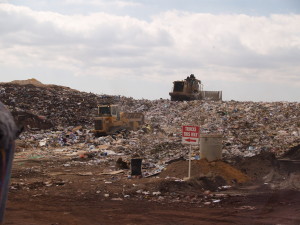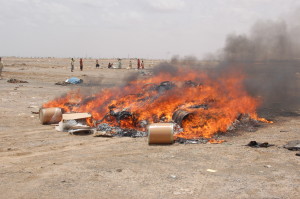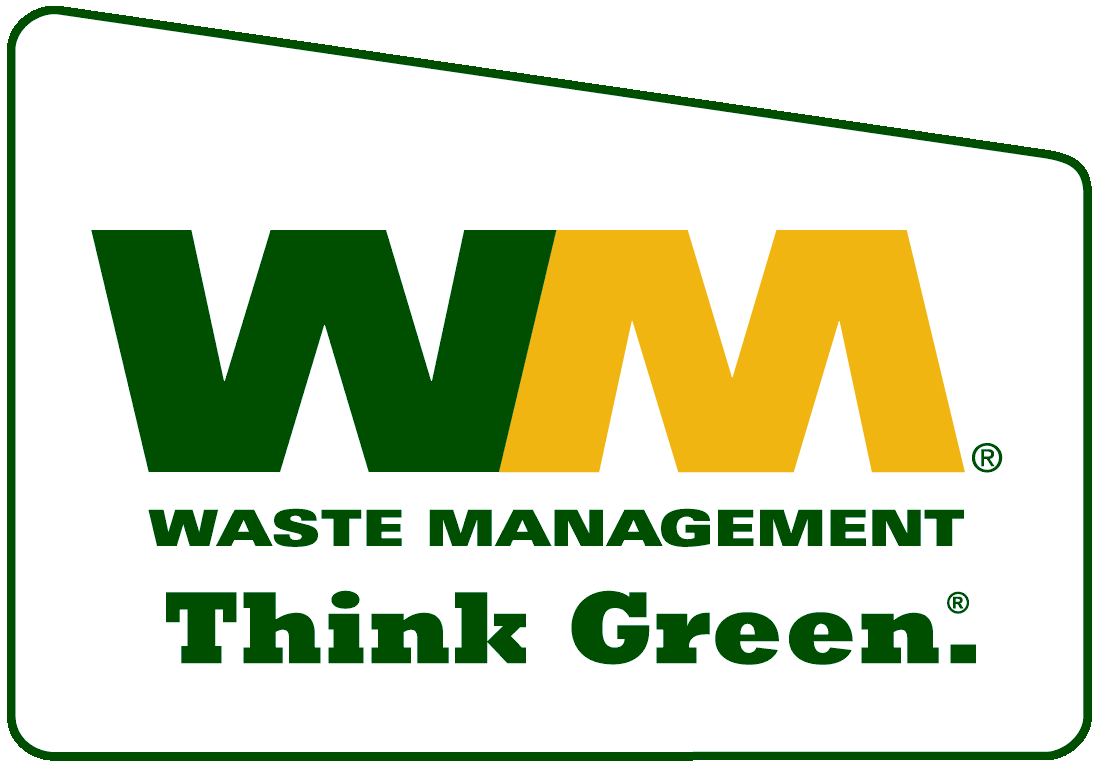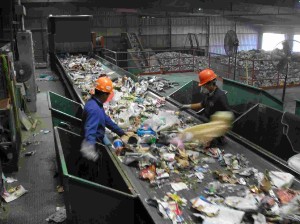Can you imagine a world where the quantities of wastes have expanded to such extents that people are living amidst overflowing landfills, breathing in air laden with pollutants and toxic gases and drinking contaminated water? It’s a terrifying image, isn’t it? Then it’s time to pause and think upon our actions because we are not very far from that future.
With increasing population and industrialization, generating enormous quantity of waste is almost unavoidable in today’s world. Consequently waste management is becoming a severe problem around the globe. The problem is evidently going beyond the critical stage, so much so that very soon it may lead to a progressive collapse of the civic system in large areas and turn into a severe health and environmental hazard. It is imperative to have proper management system under way to avoid this fate.
Besides the manifold environmental benefits waste management offers, it is crucial to the maintenance of public health as well. We see piles of garbage lying on every street and the putrid smell is unbearable, not to mention the threats to public health and hygiene it poses. The unsegregated wastes eventually end up in landfills filling them up at an alarming rate. They react after a period of time, resulting in leachate at the bottom, which not only makes the soil toxic, but also seep into groundwater contaminating it. Needless to say, the food we eat, the air we breathe and the water we drink today are all polluted, thanks to our careless behaviour.
Effective waste management practices will help to maintain a cleaner environment and reduce the chances of proliferation of diseases. Lack of prudence in such matters eventually plagues a nation by leading to social and economic problems such as costs associated with treating diseases brought by improper waste management, which we have already started experiencing. It is high time that we treated this issue with the gravity that it demands.


How often do we think about where all the industrial, domestic and bio-medical wastes go? – Into landfills lined along the outskirts of the cities or incinerators.
For centuries it has been a common practice to burn wastes at landfills. But studies show that when garbage and plastics from household and industries are burnt, they generate greenhouse gases contributing to the already escalating problem of global warming and produce particulate matters that remain suspended in air. Exposure to these particulate matters increase rates of several health conditions such as asthma, heart disease as well as respiratory disease. Efficient waste management controls the contamination of the soil and groundwater thereby reducing overall health risks and pest infestation.
The key to any effective waste management system, be it for households or industrial sites, lies in segregation of waste. Waste segregation involves separation of garbage into recyclable, biodegradable, and toxic groups. Recyclable materials like paper, plastic, glass and scrap metal can be recycled and reused. The biodegradable wastes like fruits, vegetables and other kitchen wastes can be decomposed easily by bacteria and soil micro-organisms. Toxic wastes need treatments in landfills and incinerators.
In lieu of waste segregation it is not possible to reprocess or reuse the waste; the entire waste pile becomes hazardous and needs to be dumped in landfills. However, steady reduction in availability of land for landfills is an increasingly pressing problem. The right focus of waste management ought to be segregation, and not new landfills.
By segregating wastes in-situ we can minimize the pressure on landfills, as well as reduce the cost of recycling and eventual disposal of waste.
Segregated waste is also a storehouse of potential resources. In fact, if segregation of waste is done efficiently we will find that a larger portion of our daily waste can be recycled, a part of it can be converted to compost, and only a smaller portion of it is real waste that is not reusable and has to be discarded. By enabling cost effective recycling, segregation reduces the drain on resources and energy required to manufacture new utility products for human consumption.
So be a responsible citizen and start segregating your wastes. It is one of the easiest practices to follow; it starts in your own home. Waste segregation does not cost money and hardly takes any extra time. It’s an effort that pays everybody and solves half the problem of waste management.
Segregate your waste into dry and wet waste garbage pails.
Dry and recyclable waste bin should contain discarded plastics, paper, glass fragments and scrap metal. Make it a habit to reuse the plastics and paper and send the glass and metal wastes to recycling units. Collect the biodegradable organic waste fraction from the kitchen in the wet waste bin and convert it into compost for your garden. Compost can replace demand for chemical fertilizers, and bio-gas produced as by-product can be used as a source of energy. As a result, much of the waste gets used as a resource.
The toxic wastes produced by your household consist of old medicines and old batteries, paints, chemicals, bulbs, spray cans, fertilizer and pesticide containers, shoe polish etc. Special care should be taken to ensure that these hazardous substances are isolated and disposed of in sealed containers to reduce the risks of contamination.
Let us take a pledge today- to spare a few minutes every day to manage and segregate the waste from our household. Segregation should become a healthy habit in our lifestyle rather than just an obligation. It benefits all, and makes our cities sustainable.
Remember, being cleaner and organised today ensures a healthier and happier tomorrow.




Leave a Reply